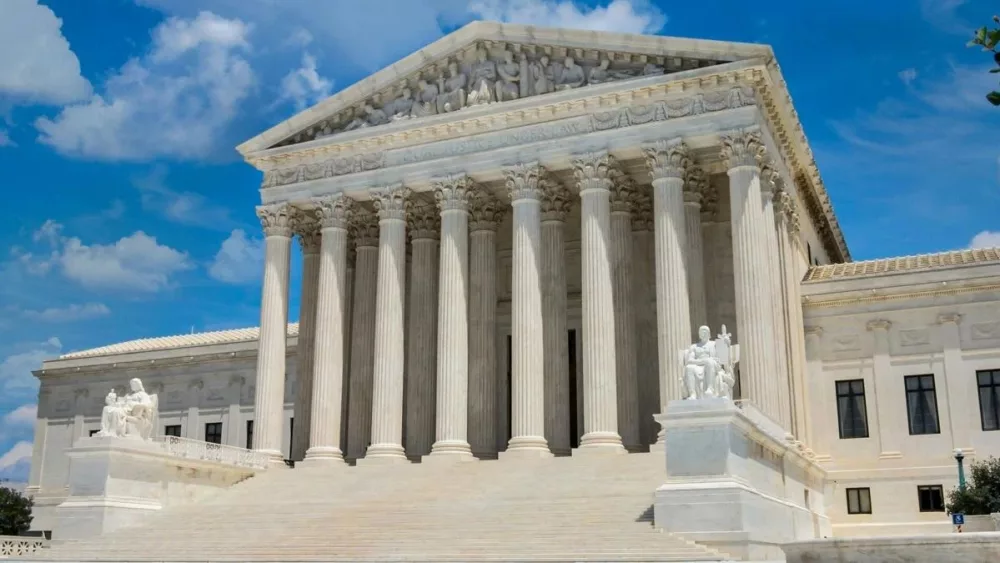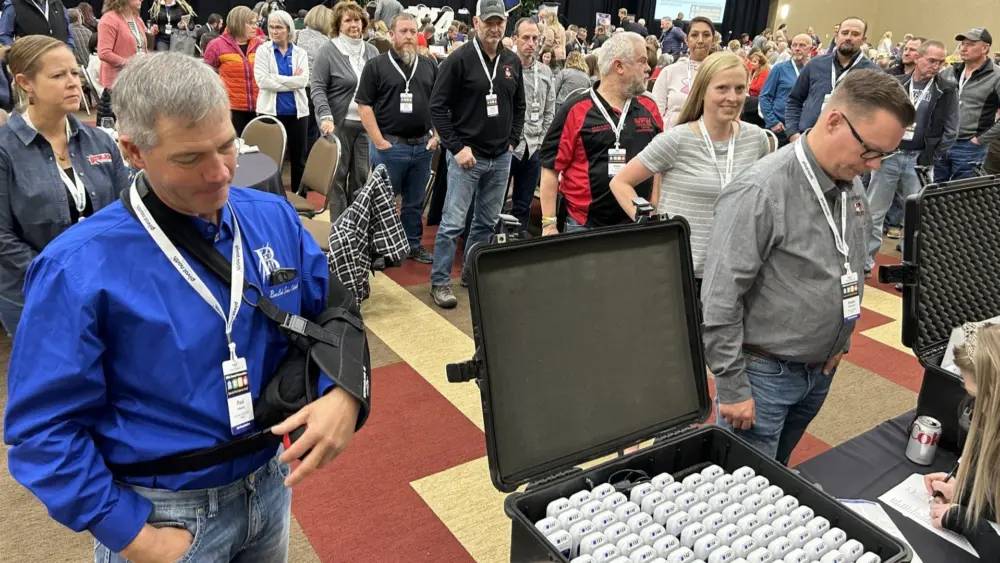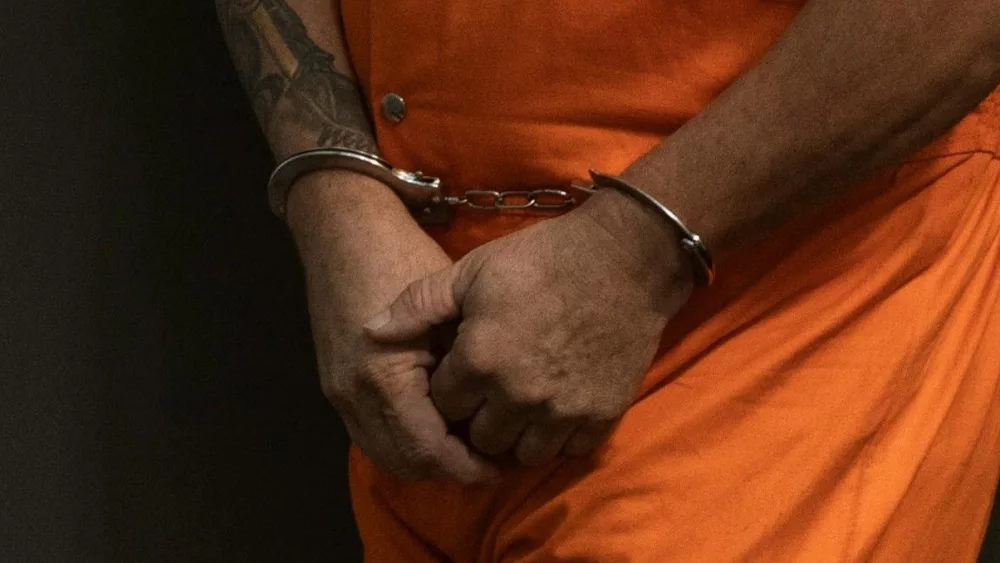BOISE, ID – Idaho has begun distributing partial payments of federal food assistance for low-income residents, while awaiting for federal guidance to be able to distribute full benefits.
Funding for the Supplemental Nutrition Assistance Program, known as SNAP, has been in question amid the ongoing federal government shutdown and varying court orders.
SNAP uncertainty spiking demand at Idaho food banks
The Idaho Department of Health and Welfare, which administers the program to more than 130,000 Idahoans, said it began distributing funds Nov. 7 and aims to complete distributions by Wednesday.
“Idaho is in the process of issuing partial benefits based on previous federal guidance and does not expect to have to undo those benefits,” Health and Welfare spokesperson AJ McWhorter said in an email to the Idaho Capital Sun. “(Health and Welfare) will move to full benefits as soon as guidance is received that directs that action.”
The typical maximum allowable SNAP payment may already be reduced for participants based on a formula that takes into account income, household size and some living expenses. The reduced payments are roughly 65% of the maximum allotment, minus the program’s typical reductions. The average monthly benefit in Idaho is $178 per household member.
Recipients are encouraged to check their EBT cards, which are used to pay for groceries, and look for updates on the agency’s website at healthandwelfare.idaho.gov.
SNAP guidance was volatile amid shutdown and court battles, leaving recipients without assistance
The move follows weeks of varying, sometimes conflicting, federal guidance and court orders related to the program.
Here’s how things changed for the program:
- Oct. 1: Because Congress failed to approve spending for the next fiscal year, the federal government shut down on Oct. 1, which meant many federal agencies did not have authorization to spend additional money.
- Oct. 22: Idaho Health and Welfare announced it would pause SNAP payments in November because funding had dried up during the ongoing shutdown. The federal United States Department of Agriculture, or USDA, asked Idaho for the suspension.
- Oct. 24: The USDA, which administers SNAP federally, originally had a plan to tap contingency funds to continue paying the 42 million Americans who use the program, but reversed course and said it didn’t have the legal ability to continue making payments if the shutdown extended into November, the States Newsroom reported.
- Oct. 28, Oct. 30: The USDA’s decision to not provide more payments was challenged in two lawsuits in federal court systems in Massachusetts and in Rhode Island.
- Oct. 31: A federal judge in Rhode Island ordered the USDA to either provide full payments or partial payments using the contingency fund. The judge provided a written version of the ruling Nov. 1.
- Nov. 3: In response to the Rhode Island judge’s order, the USDA said in court filings it would authorize payments of about 50% of the maximum benefit with the program’s typical deductions for household income. However, the federal agency later said it miscalculated the reduction and clarified the reductions would be closer to 35% of the maximum allotment.
- Nov. 4: President Donald Trump wrote on social media that no payments would be made until the government reopened, which conflicted with the court documents from the USDA.
- Nov. 6: The Rhode Island judge ordered the federal government to pay the full benefit to recipients for November.
- Nov. 7: The USDA told states it would release full funding for November to comply with the court order, States Newsroom reported.
- Later that same day, the Trump administration appealed to the U.S. Supreme Court, asking them to reverse the order to pay full benefits.
- The Idaho Department of Health and Welfare distributed partial payments to about 15,000 Idahoans, the agency said.
- The Supreme Court that night temporarily blocked that lower court order to make the full payments, allowing the case to continue litigation in the lower appeals court.
- Nov. 8: Trump administration officials told states that provided full benefits to “undo” the action, and instead fund 65% of allotments.
- Nov. 9: The U.S. Senate on Sunday advanced a bill that would fund the government through the end of January, clearing a major hurdle toward potentially ending the shutdown, States Newsroom reported.
- A separate federal appeals court denied the Trump administration’s request to halt the order to make full SNAP payments, the New York Times reported.
- Nov. 10: A federal judge in Massachusetts temporarily blocked the directive for states to “undo” full benefits.
Idaho’s health agency is continuing to disperse reduced payments until it receives further guidance. New SNAP applications continue to be accepted, the agency said.
The situation may cause longer wait times at call centers and offices, Health and Welfare’s website said Monday.
Benefits provided under the federal Women, Infants and Children, or WIC, program are unaffected, according to Health and Welfare’s website on Monday.
Idaho Capital Sun is part of States Newsroom, a nonprofit news network supported by grants and a coalition of donors as a 501c(3) public charity. Idaho Capital Sun maintains editorial independence. Contact Editor Christina Lords for questions: info@idahocapitalsun.com.





